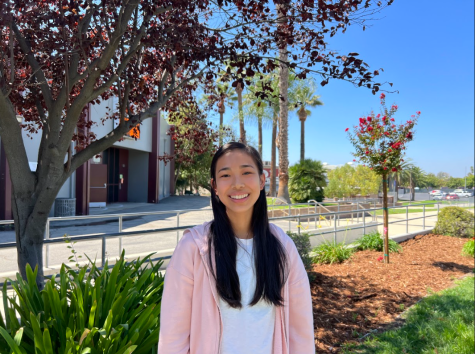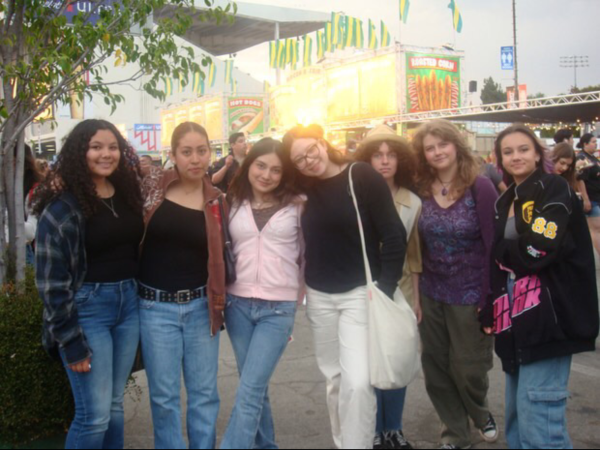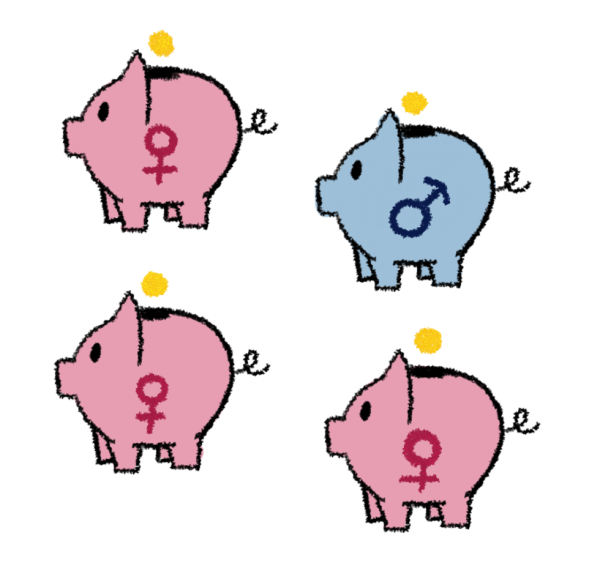Is Daylight Saving Time worth saving?
On November 6, 2022, California will once again “fall back” an hour. This will replace Daylight Saving Time, which has been in place since March 13, 2022, with Standard Time – a biannual practice the United States has observed for over a century since its adoption in 1918.
During World War I, Germany began practicing Daylight Saving Time (DST) to conserve fuel for the war effort by minimizing the use of artificial lighting in homes. Decades earlier, a New Zealand scientist and a British builder proposed the idea of DST, the concept of shifting clocks forward 2 hours in October and then back again in March. At the time, the notion sparked interest but nothing more. It wasn’t until Germany’s practice of the time shift that the rest of Europe began doing so, proving useful in both World Wars. The United States adopted Daylight Saving Time on March 19, 1918 with The Standard Time Act, establishing a system of set dates and standard time zones. After World War I, this bill was repealed due to unpopularity but then reinstated during World War II. When the war ended, individual states and counties were once again free to decide on observing Daylight Savings.
However, inconsistencies in time ensued and the Uniform Time Act was passed in 1966 to restore order to the United States’ clocks. All states except for Arizona and Hawaii chose to comply and today, most of the U. S. turn the clocks back and forth twice a year, “springing forward” and “falling back”.
Over the years, studies have noted a consistent surge in stroke rates, heart attacks, depressive symptoms, and fatal car accidents within the first few days of DST in spring. Another negative effect of this time switch is the disorientation of the body’s internal clock. Referred to as the circadian rhythm, the 24-hour cycle regulates the body’s sleep cycle. The hour change muddles the body’s circadian rhythm, hindering liver function and the immune system, as well as affecting mood and daily performance. When the body falls out of synchronization with sunlight, the circadian rhythm is thrown off course, putting sleep at stake.
“There’s no value to the time switch anymore,” junior Kayla Ranney said. “ I feel like you still wake up and go to bed at certain times. The only difference is that during Standard Time one might wake up when it’s light out, and during DST one might wake up when it’s dark out.”
Not all are opposed to the time switch, though. Freshman Grace Ayala, who has a zero period, views it as an opportunity to sleep more on the few school days that follow.
“Daylight Saving [time] kind of stirs the pot and changes your routine once in a while,” Grace Ayala said. “Let’s say you wake up at six, but after daylight savings, your body wakes up at five. It’s nice to have that hour to yourself.”
In 2018, a proposition was introduced in California to institute DST permanently and year-round. However, federal law prevented this until the U. S. Senate passed The Sunshine Protection Act in May of 2022, which is currently stalled in the House of Representatives. The Sunshine Protection Act will make Daylight Saving Time permanent across the country, and is popular with many. However, others prefer permanent Standard Time. Still others want the world to remain as it currently is, switching times twice a year.
The topic of Daylight Standard Time and how outdated it is is undoubtedly controversial, with many having differing opinions. The impact of any change will become evident in the next few months and it remains unclear if Daylight Saving Time will remain as is.
Hello there! Our goal is to provide relavent, engaging journalism for readers of all ages. Your donation will support the student journalists of the Wolfpacket at Claremont High School, and will allow us to purchase equipment, print our monthly issues, and enter in journalism competitions. We appreciate your consideration!

Enya Wang is a freshman and a reporter for the Wolfpacket. She has always had a passion for words and literature, which developed with her childhood AR...

Rhea Sethi is a reporter on the Wolfpacket staff in her senior year at CHS. She joined the Wolfpacket last year due to her lifelong passion for reading...
















